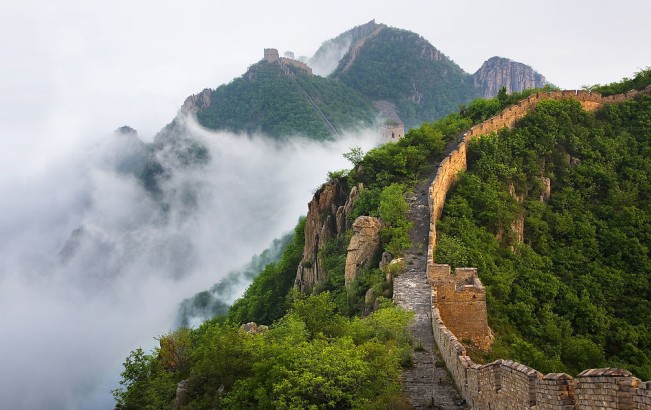Elephant Trunk Hill is situated on the western bank of the river Li in Guilin. The shape of this hill is like a huge elephant which is drawing the water from any river from its trunk. That is why this hill has been named as the Elephant Trunk Hill. This is one of the most interesting tourist places of Guilin.
There is Shui Yue Cave which is also known as the Water Moon cave which lies between the trunk and the legs which is the semi-round cave and penetrated by the water. The inverted reflection of the cave in the water and the part in the above forms a shape like a full moon. This phenomenon is quite unique and various laudatory inscriptions can be found on walls which are inside the cave. There is the facility of boats for travelling through the caves down to the river.
Another cave which is regarded as the eye of the elephant also lies in the hillside.
This site provides the tourist with an ideal position for enjoying the panoramic views of the Guilin City. On the top of the hill, you can find a tow storey pagoda which was build during the reign of the Ming Dynasty and is surrounded by many green trees. The north seat of the second floor is having an inlaid having an image of the Bodhisattva Puxian. This pagoda looks like the precious vase which is on the back of an elephant, if seen from distance. There are also a lot of beautiful legends about the pagoda and man good wishes which are told by the people.
The Elephant Trunk Hill is known as the symbol of Guilin and this hill is among the main scenic spot. Other spots are Yunfeng Monastery which is a building having ancient style, Aiging Dao or Love Island.
































